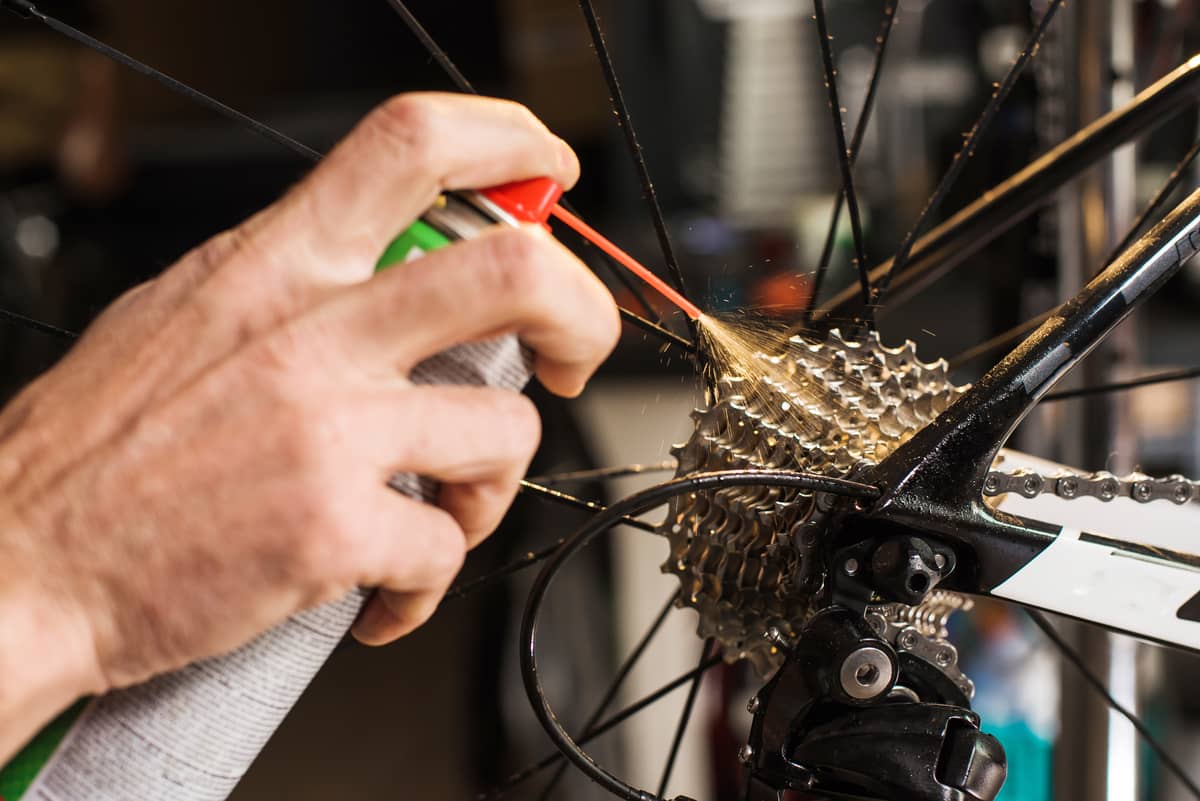Annual Joint Lube?
What is the most current maintenance treatment of injured joints? Should injured joints get annual injections?

Human joints are complex ecosystems composed of bone, articular cartilage, soft tissues of ligaments, meniscus, tendons, and a joint lining of synovium. The biochemistry and biomechanics of these structures are deeply interrelated. A disturbance in one part affects all of them. A joint injury, whether or minor or major, is sensed and responded to by each of the systems. When the injury endures, overwhelming the natural healing response, degradative enzymes and biomechanical stresses take over the reparative process. The slow degeneration that leads to arthritis begins.
The question is: Other than direct surgical repair, can any lifestyle change, nutritional supplement, or injection affect the natural history of joint injury?
Weight loss is clearly disease-modifying—but that is due primarily to the biomechanical effect of reducing loading forces on the joint surfaces. That effect can be dramatic, with a 10-pound weight loss taking up to 50 lbs. of stress off the knee during the 2-3 million steps per year taken by the average person. Reducing loading saves joints, as it can prevent injury from occurring in the first place.
Decades of research on anti-inflammatory diets and oral supplements of glucosamine and chondroitin sulfate indicate that the symptoms of joint inflammation can be positively affected by diets and supplements. The disease process itself, however, cannot. Simply put, there is no data showing that diets or oral supplements are disease-modifying.
Direct injections of lubricants, growth factors, nutrients, and progenitor cells are in a different league than oral supplements or diets. They have measurable effects on the cells in the joint tissues and recruit stem-cell-derived self-repair cells from around the body to the joint. Our recent double-blind randomized trial of injections of amniotic fluid and hyaluronic acid demonstrated local biochemical effects, as well as one year of symptomatic relief in 80% of the arthritic patients in the study. The reasons for this prolonged effect are under study.
If single injections can produce lasting effects, should injections become an annual or regular therapy for injured and arthritic joints? The answer is not yet clear, since the content of the injections is evolving and the costs are still relatively high. That said, the range of symptom and disease modification demonstrated in studies of a variety of anabolic therapies—including PRP, amniotic fluid, Wharton’s Jelly, and others—seems to be growing exponentially. It does appear that the new strategy of feeding the joints, lubricating the tissues, and recruiting self-repair cells is a far more logical approach than letting joints degrade after injury, ultimately requiring artificial joint replacement.
There are a growing number of arthritic patients who come in for their annual “augmented lube” job before ski season. They are delaying their joint surgery, since the injections provide so much relief. These injections will continue to get better, leading to a place where the “lube” means “boost,” and joint health is not merely maintained but improved. The anabolic era of sports medicine and joint care is in full swing.
